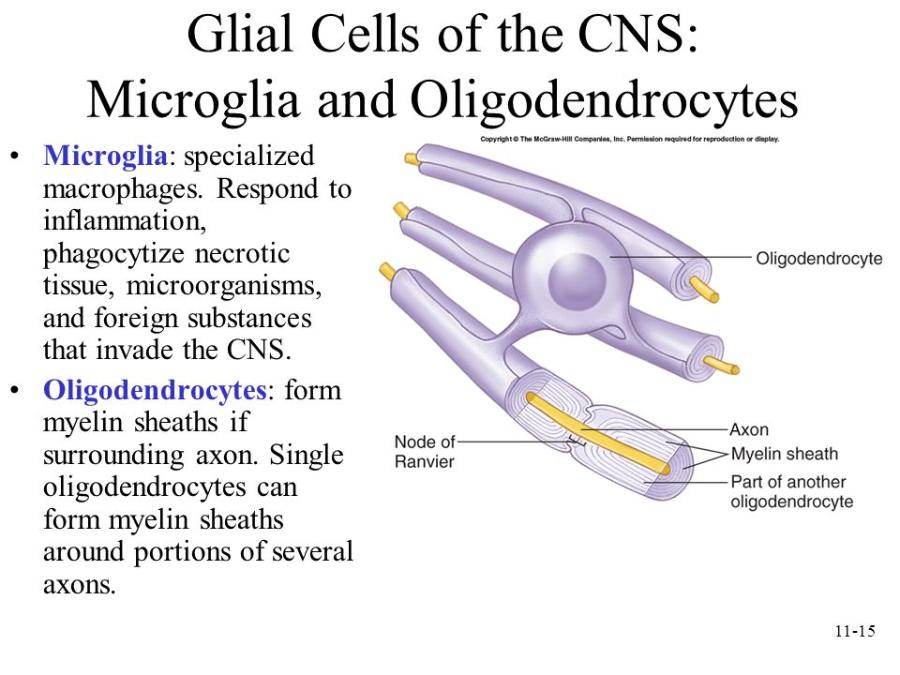

They are referred to as prevertebral because they are anterior to the vertebral column.

Three other autonomic ganglia that are related to the sympathetic chain are the prevertebral ganglia, which are located outside of the chain but have similar functions. Superior to the chain ganglia are three paravertebral ganglia in the cervical region.

The sympathetic chain ganglia constitute a row of ganglia along the vertebral column that receive central input from the lateral horn of the thoracic and upper lumbar spinal cord. The other major category of ganglia are those of the autonomic nervous system, which is divided into the sympathetic and parasympathetic nervous systems. The neurons of cranial nerve ganglia are also unipolar in shape with associated satellite cells. For example, the trigeminal ganglion is superficial to the temporal bone whereas its associated nerve is attached to the mid-pons region of the brain stem. The roots of cranial nerves are within the cranium, whereas the ganglia are outside the skull. This is analogous to the dorsal root ganglion, except that it is associated with a cranial nerve instead of a spinal nerve. From what structure do satellite cells derive during embryologic development?Īnother type of sensory ganglion is a cranial nerve ganglion. If you zoom in on the dorsal root ganglion, you can see smaller satellite glial cells surrounding the large cell bodies of the sensory neurons. View the University of Michigan WebScope to explore the tissue sample in greater detail. (Micrograph provided by the Regents of University of Michigan Medical School © 2012) INTERACTIVE LINK (Micrograph provided by the Regents of University of Michigan Medical School © 2012)įigure 13.20 Spinal Cord and Root Ganglion The slide includes both a cross-section of the lumbar spinal cord and a section of the dorsal root ganglion (see also Figure 13.19) (tissue source: canine). Also, the fibrous region is composed of the axons of these neurons that are passing through the ganglion to be part of the dorsal nerve root (tissue source: canine). Also, the small round nuclei of satellite cells can be seen surrounding-as if they were orbiting-the neuron cell bodies.įigure 13.19 Dorsal Root Ganglion The cell bodies of sensory neurons, which are unipolar neurons by shape, are seen in this photomicrograph. The cells of the dorsal root ganglion are unipolar cells, classifying them by shape. Under microscopic inspection, it can be seen to include the cell bodies of the neurons, as well as bundles of fibers that are the posterior nerve root ( Figure 13.19). The ganglion is an enlargement of the nerve root. These ganglia are the cell bodies of neurons with axons that are sensory endings in the periphery, such as in the skin, and that extend into the CNS through the dorsal nerve root. The most common type of sensory ganglion is a dorsal (posterior) root ganglion. Ganglia can be categorized, for the most part, as either sensory ganglia or autonomic ganglia, referring to their primary functions. GangliaĪ ganglion is a group of neuron cell bodies in the periphery. Many of the neural structures that are incorporated into other organs are features of the digestive system these structures are known as the enteric nervous systemand are a special subset of the PNS. In describing the anatomy of the PNS, it is necessary to describe the common structures, the nerves and the ganglia, as they are found in various parts of the body. Some peripheral structures are incorporated into the other organs of the body. The PNS is not as contained as the CNS because it is defined as everything that is not the CNS. Describe the sensory and motor components of spinal nerves and the plexuses that they pass through.Name the twelve cranial nerves and explain the functions associated with each.Distinguish between somatic and autonomic structures, including the special peripheral structures of the enteric nervous system.



 0 kommentar(er)
0 kommentar(er)
